Understanding curiosity can help people—and robots—learn faster
he world is full of things to learn. Where to start? How to choose what to pay attention to? What motivates someone to seek new knowledge?
Scientists are piecing together the brain processes that underlie the wide-eyed wanting-to-know we generally think of as being curious. They are identifying how the brain homes in on novelty, copes with uncertainty, triggers reward networks and solidifies memory. Researchers are also beginning to see why curiosity can be so consequential.
All humans know what it is to be curious, and we generally think of it as a positive trait, associating it with intrinsic motivation, creativity and open-mindedness. Influential early thinkers captured important aspects that are still thought to hold true. In 1966 psychologist Daniel Berlyne recognized that curiosity could relate to perception, such as when we notice a visual incongruity like a zebra among horses, and it could be specific or wide-ranging.
It’s probably the anticipation of an answer that feels delectable. Higher levels of curiosity lead to higher levels of activity in areas such as the striatum, which is involved in the release of dopamine, the neurotransmitter most associated with feelings of reward. The dopamine link “seems to resonate with this idea that curiosity is an internal reward, and then definitely it’s a motivator,” says cognitive neuroscientist Jacqueline Gottlieb of Columbia University’s Zuckerman Institute.
Other parts of the brain also grapple with uncertainty. In a 2024 study, Gottlieb and her colleagues explored perceptual curiosity by having participants view sets of images of animals and inanimate objects, such as a walrus and a hat. The brain clearly distinguishes animate from inanimate objects with neuronal signals that Gottlieb calls the equivalent of “barcodes,” a feature the researchers wanted to use.
Computers, of course, are not curious beings; they are compilations of wires, motors and sensors. In 2016, when Google DeepMind made headlines by building a computer that beat an 18-time world titleholder at the complex Chinese game Go, that computer still relied on a cutting-edge search capability and data fed into it about possible moves. But as people improved at building AI, they started asking whether there was a better way to have computers learn complicated things.
When programmed this way, Torso first moved its left hand—a lot. Then it discovered the left joystick and moved it forward, backward, left and right. Eventually it made the connection between moving the joystick and moving Ergo, which moved the ball. Moving the ball changed the color of the lights from blue to yellow to pink. After 15 to 20 hours of exploration, Torso worked out how to move Ergo in every direction, how to move the ball and how to light up the arena.
United States Latest News, United States Headlines
Similar News:You can also read news stories similar to this one that we have collected from other news sources.
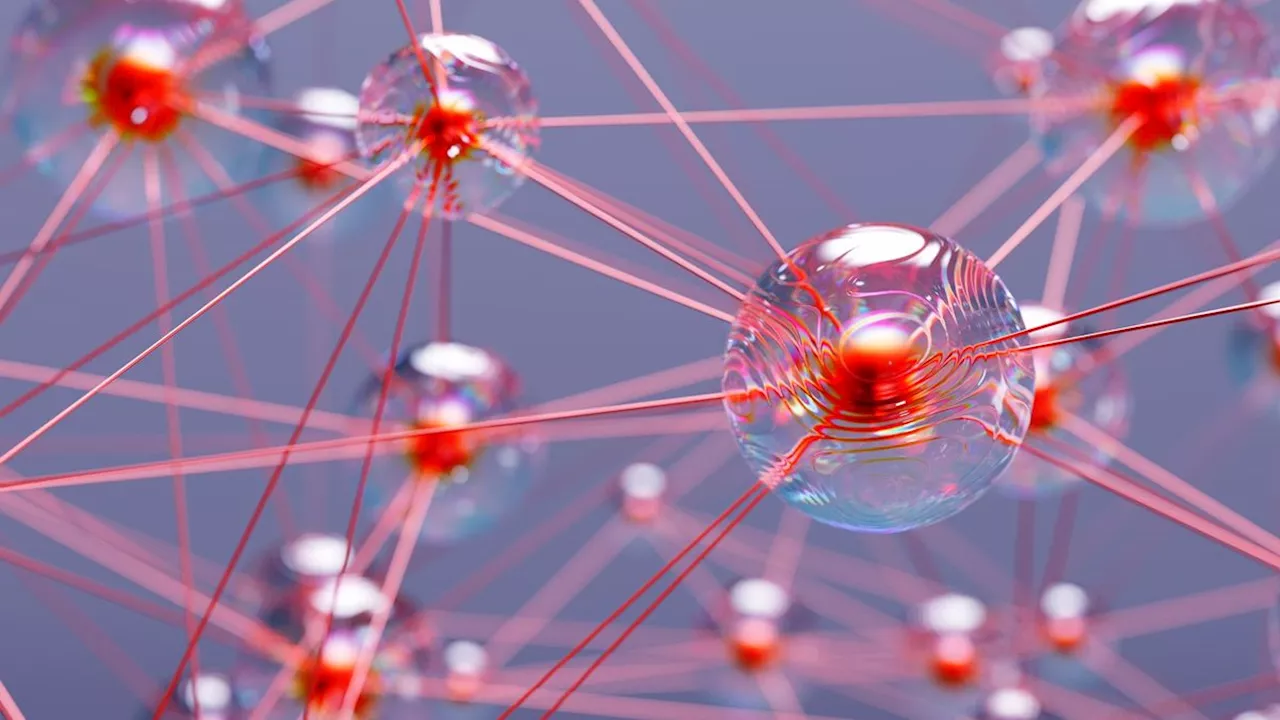 Chemists broke a 100-year-old rule to make extremely unstable moleculesSkyler Ware is a freelance science journalist covering chemistry, biology, paleontology and Earth science. She was a 2023 AAAS Mass Media Science and Engineering Fellow at Science News. Her work has also appeared in Science News Explores, ZME Science and Chembites, among others. Skyler has a Ph.D. in chemistry from Caltech.
Chemists broke a 100-year-old rule to make extremely unstable moleculesSkyler Ware is a freelance science journalist covering chemistry, biology, paleontology and Earth science. She was a 2023 AAAS Mass Media Science and Engineering Fellow at Science News. Her work has also appeared in Science News Explores, ZME Science and Chembites, among others. Skyler has a Ph.D. in chemistry from Caltech.
Read more »
 New memory chip controlled by light and magnets could one day make AI computing less power-hungrySkyler Ware is a freelance science journalist covering chemistry, biology, paleontology and Earth science. She was a 2023 AAAS Mass Media Science and Engineering Fellow at Science News. Her work has also appeared in Science News Explores, ZME Science and Chembites, among others. Skyler has a Ph.D. in chemistry from Caltech.
New memory chip controlled by light and magnets could one day make AI computing less power-hungrySkyler Ware is a freelance science journalist covering chemistry, biology, paleontology and Earth science. She was a 2023 AAAS Mass Media Science and Engineering Fellow at Science News. Her work has also appeared in Science News Explores, ZME Science and Chembites, among others. Skyler has a Ph.D. in chemistry from Caltech.
Read more »
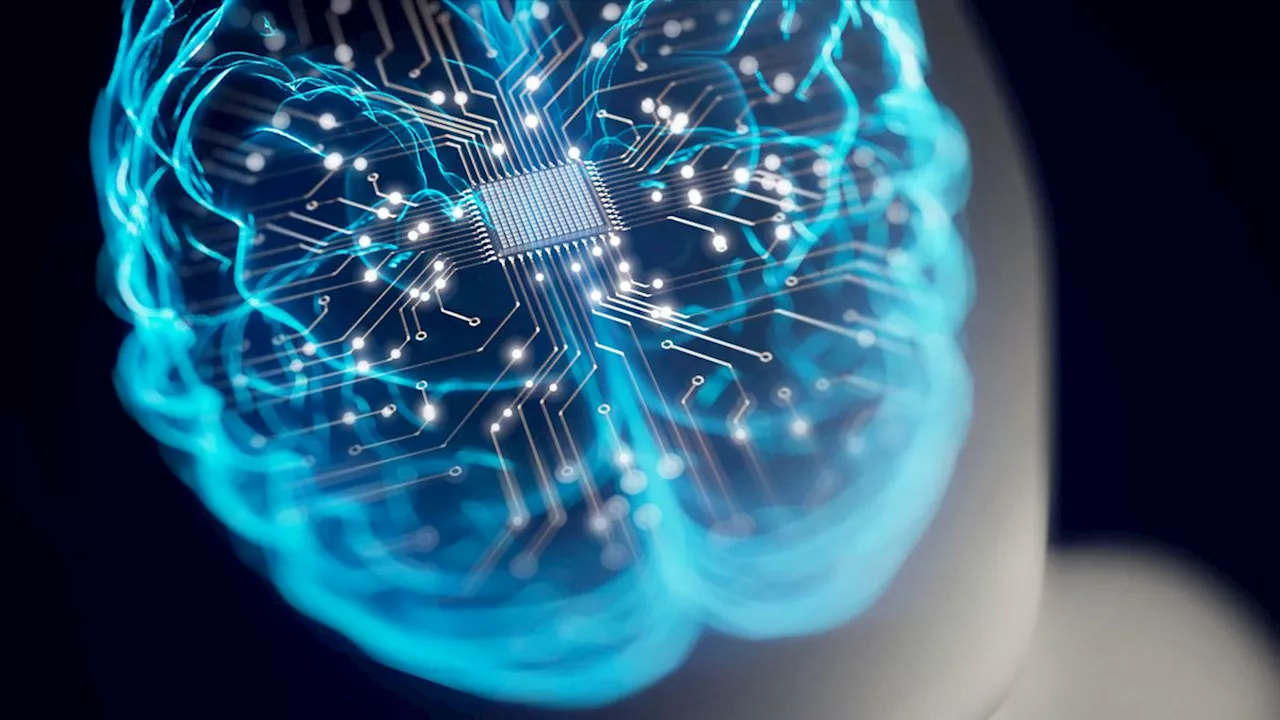 'Edge of chaos' neuroscience theory could lead to superfast computing chips that behave like superconductorsSkyler Ware is a freelance science journalist covering chemistry, biology, paleontology and Earth science. She was a 2023 AAAS Mass Media Science and Engineering Fellow at Science News. Her work has also appeared in Science News Explores, ZME Science and Chembites, among others. Skyler has a Ph.D. in chemistry from Caltech.
'Edge of chaos' neuroscience theory could lead to superfast computing chips that behave like superconductorsSkyler Ware is a freelance science journalist covering chemistry, biology, paleontology and Earth science. She was a 2023 AAAS Mass Media Science and Engineering Fellow at Science News. Her work has also appeared in Science News Explores, ZME Science and Chembites, among others. Skyler has a Ph.D. in chemistry from Caltech.
Read more »
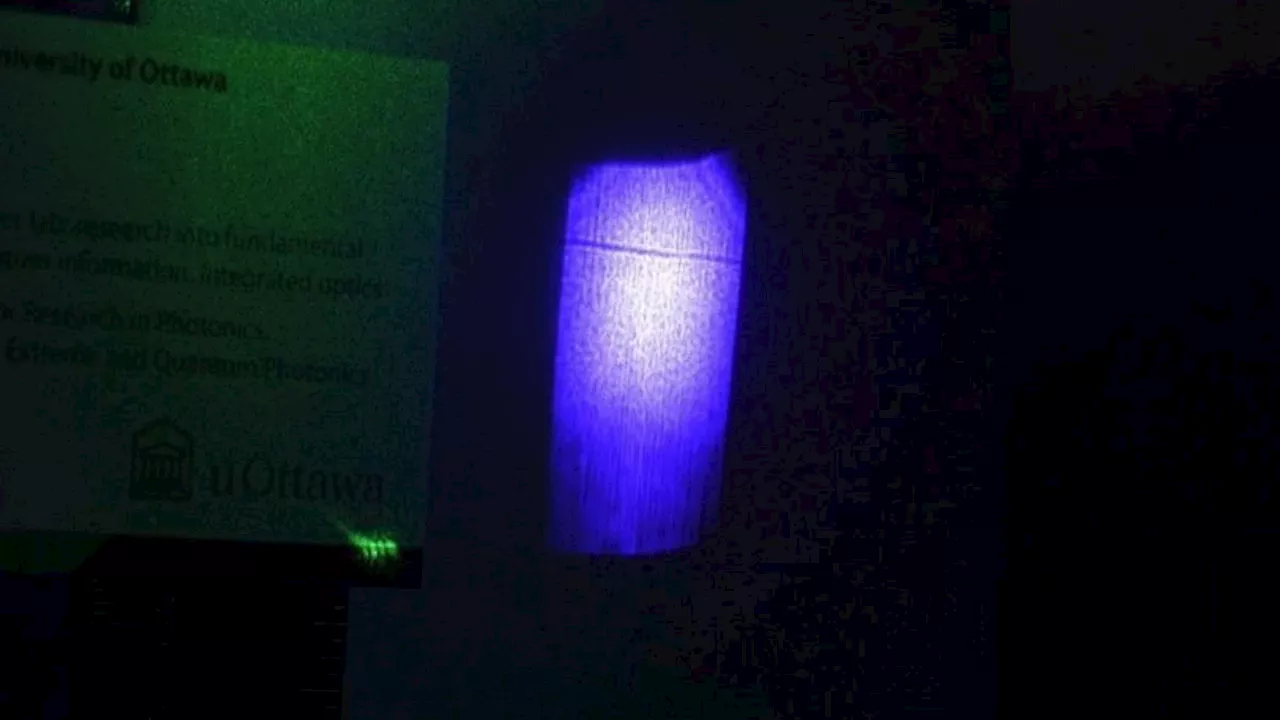 'It invites us to reconsider our notion of shadow': Laser beams can actually cast their own shadows, scientists discoverSkyler Ware is a freelance science journalist covering chemistry, biology, paleontology and Earth science. She was a 2023 AAAS Mass Media Science and Engineering Fellow at Science News. Her work has also appeared in Science News Explores, ZME Science and Chembites, among others. Skyler has a Ph.D. in chemistry from Caltech.
'It invites us to reconsider our notion of shadow': Laser beams can actually cast their own shadows, scientists discoverSkyler Ware is a freelance science journalist covering chemistry, biology, paleontology and Earth science. She was a 2023 AAAS Mass Media Science and Engineering Fellow at Science News. Her work has also appeared in Science News Explores, ZME Science and Chembites, among others. Skyler has a Ph.D. in chemistry from Caltech.
Read more »
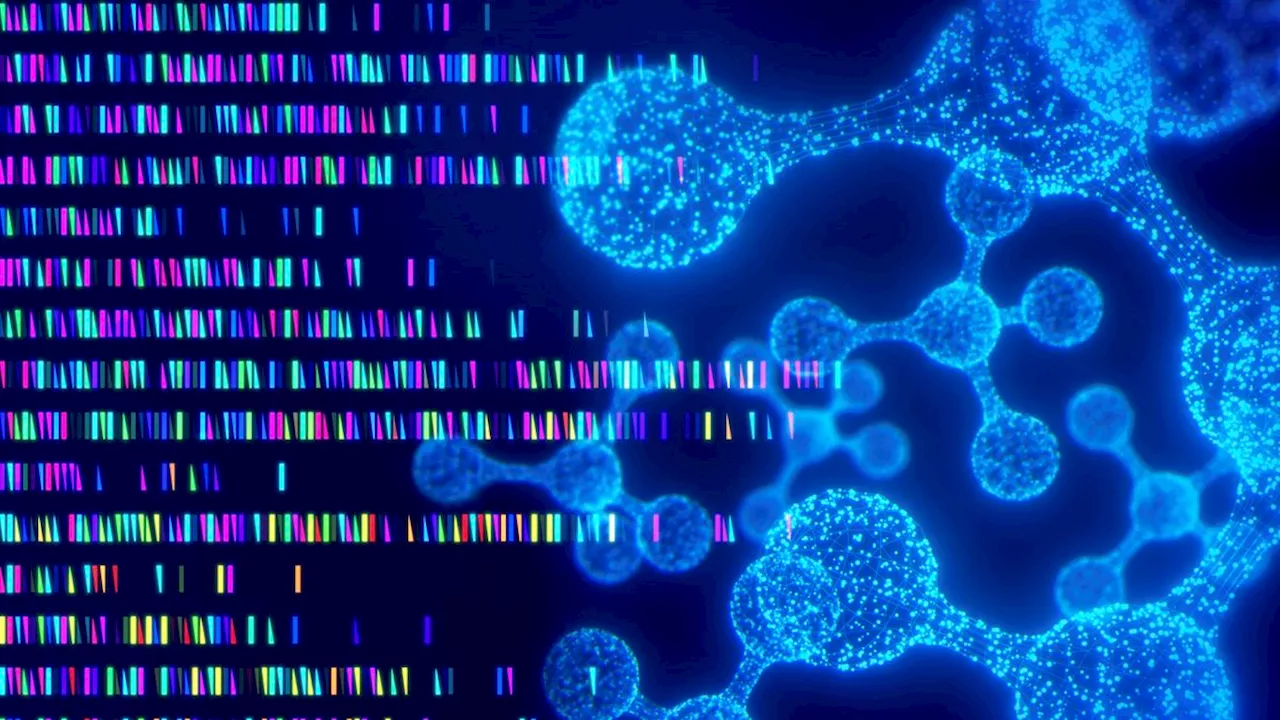 Meet Evo, an AI model that can predict the effects of gene mutations with 'unparalleled accuracy'Skyler Ware is a freelance science journalist covering chemistry, biology, paleontology and Earth science. She was a 2023 AAAS Mass Media Science and Engineering Fellow at Science News. Her work has also appeared in Science News Explores, ZME Science and Chembites, among others. Skyler has a Ph.D. in chemistry from Caltech.
Meet Evo, an AI model that can predict the effects of gene mutations with 'unparalleled accuracy'Skyler Ware is a freelance science journalist covering chemistry, biology, paleontology and Earth science. She was a 2023 AAAS Mass Media Science and Engineering Fellow at Science News. Her work has also appeared in Science News Explores, ZME Science and Chembites, among others. Skyler has a Ph.D. in chemistry from Caltech.
Read more »
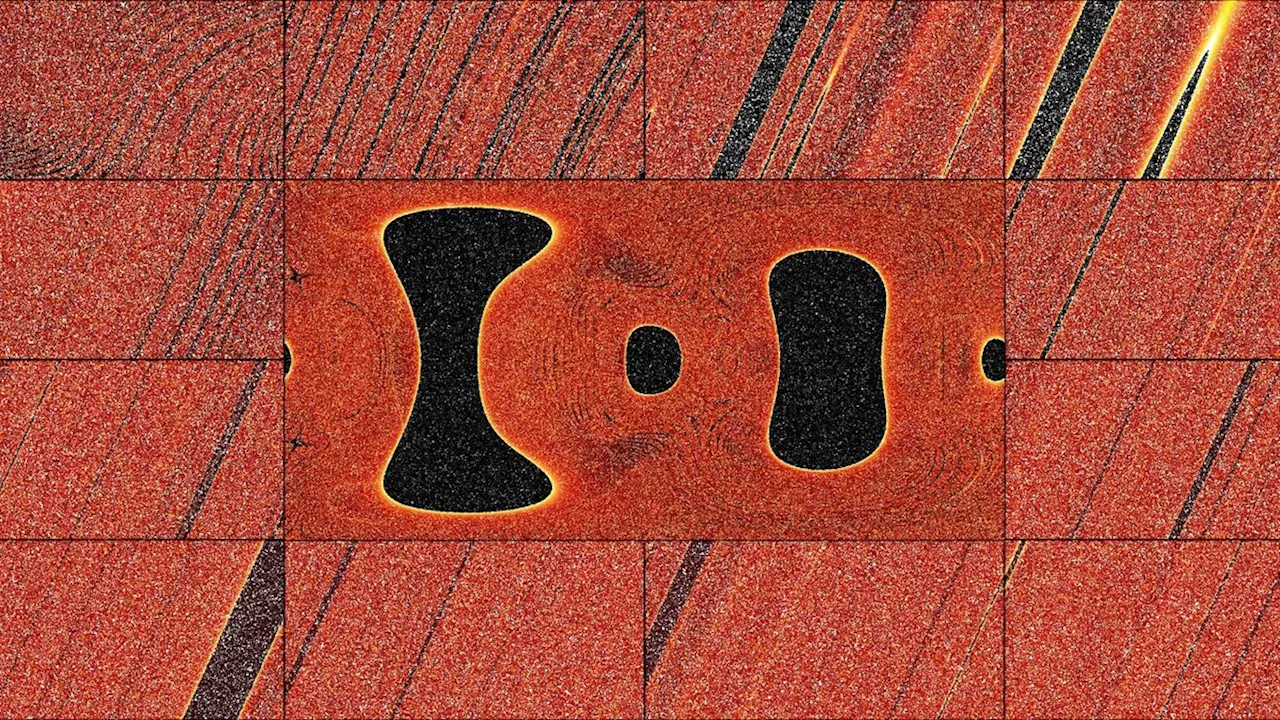 The '3-body problem' may not be so chaotic after all, new study suggestsSkyler Ware is a freelance science journalist covering chemistry, biology, paleontology and Earth science. She was a 2023 AAAS Mass Media Science and Engineering Fellow at Science News. Her work has also appeared in Science News Explores, ZME Science and Chembites, among others. Skyler has a Ph.D. in chemistry from Caltech.
The '3-body problem' may not be so chaotic after all, new study suggestsSkyler Ware is a freelance science journalist covering chemistry, biology, paleontology and Earth science. She was a 2023 AAAS Mass Media Science and Engineering Fellow at Science News. Her work has also appeared in Science News Explores, ZME Science and Chembites, among others. Skyler has a Ph.D. in chemistry from Caltech.
Read more »
